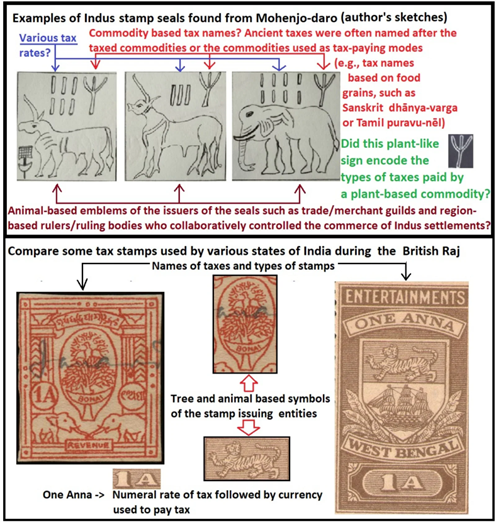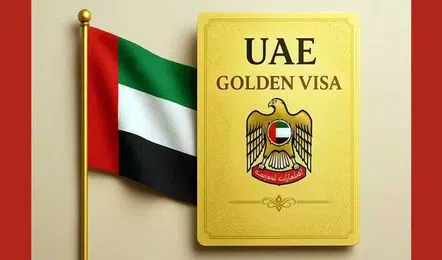- Courses
- GS Full Course 1 Year
- GS Full Course 2 Year
- GS Full Course 3 Year
- GS Full Course Till Selection
- Answer Alpha: Mains 2025 Mentorship
- MEP (Mains Enrichment Programme) Data, Facts
- Essay Target – 150+ Marks
- Online Program
- GS Recorded Course
- Polity
- Geography
- Economy
- Ancient, Medieval and Art & Culture AMAC
- Modern India, Post Independence & World History
- Environment
- Governance
- Science & Technology
- International Relations and Internal Security
- Disaster Management
- Ethics
- NCERT Current Affairs
- Indian Society and Social Issue
- NCERT- Science and Technology
- NCERT - Geography
- NCERT - Ancient History
- NCERT- World History
- NCERT Modern History
- NCERT Medieval History
- CSAT
- 5 LAYERED ARJUNA Mentorship
- Public Administration Optional
- ABOUT US
- OUR TOPPERS
- TEST SERIES
- FREE STUDY MATERIAL
- VIDEOS
- CONTACT US
Mystery of the Indus Script: Over 100 Attempts and the ‘Sanskrit Link’
Mystery of the Indus Script: Over 100 Attempts and the ‘Sanskrit Link’
08-01-2025

- The Enigma of the Indus Script: The Indus Valley Civilization (IVC), which existed around 3300 BCE to 1300 BCE, remains one of the oldest and most advanced ancient cultures, but its writing system is still a mystery.
- Despite more than a century of research, no one has fully understood the Indus script.
- Tamil Nadu Chief Minister’s Prize: In an effort to encourage breakthroughs, Tamil Nadu Chief Minister M.K. Stalin announced a $1 million prize for anyone who can decipher the Indus script.
- This came after a study from the state's Department of Archaeology, which found links between the graffiti marks of South India and the Indus Valley Civilization.

|
About Indus Valley Civilization
|
History of the Indus Script
- Discovery by Sir John Marshall: The Indus Valley Civilization was discovered in 1921 by Sir John Marshall.
- This ancient civilization thrived in what is now Pakistan and parts of northwestern India.
- It was one of the largest urban cultures of the Bronze Age.
- Area and Achievements: The civilization spread over 800,000 square kilometers, covering a huge area.
- It was known for its well-planned cities, advanced drainage systems, trade networks, and organized taxation.
- The Script: The Indus people used a written script on seals, clay tablets, and other objects. However, we still don’t know what the symbols mean or how the script worked.
Over 100 Attempts to Understand the Script
- Early Decipherment Efforts: Researchers began trying to understand the script in the 20th century.
- Some key figures in this effort were S.R. Rao, Asko Parpola, and Bryan K. Wells. They each had different ideas about how many signs the script used and what they meant.
- S. R. Rao’s Theory (1982): S. R. Rao thought the script had 62 symbols. He based this on inscriptions found on seals.
- Asko Parpola’s Theory (1994): Asko Parpola disagreed and suggested there were 425 symbols. He believed the script was linked to the Dravidian languages of southern India, like Tamil.
- Bryan K. Wells (2016): Later, Bryan K. Wells estimated that there were 676 symbols.
- Total Attempts: So far, over 100 attempts have been made by linguists, archaeologists, and epigraphists to understand the script. But no one has cracked the code completely.
The Debate: Was It Sanskrit or Dravidian?
- Sanskrit Link: Some researchers, like S.R. Rao, tried to connect the Indus script to Sanskrit, the language of the Vedic period.
- This was part of the idea that the Indus Valley Civilization was closely linked to ancient Indian culture.
- Parpola’s Dravidian Theory: However, Asko Parpola argued that the script was linked to Dravidian languages, especially Tamil.
- He thought the symbols were used like a logosyllabic script, where each symbol represented a word or syllable.
- Rebus Concept: Parpola explained that the script used rebus writing, where pictures stand for words with a similar sound.
- For example, the fish symbol didn’t mean fish literally, but it might have stood for a star, since the Dravidian word for fish (meen) sounds like the word for star.
- Old Tamil Hypothesis: Parpola even claimed that the names of the planets in the Indus script matched the names used in Old Tamil.
- Brahui Language Evidence: Parpola’s idea is supported by the Brahui language, a Dravidian language still spoken in Balochistan (Pakistan).
- This suggests that Dravidian languages might have been spoken in the Indus Valley.
Was the Indus Script Really a Script?
- Non-Writing Theory (2004): In the early 2000s, some scholars questioned if the Indus script was really a writing system at all.
- They argued that the short inscriptions found in the Indus Valley were not used for writing words but for marking or symbolizing political or religious ideas.
- According to this view, the script was not used to form sentences, but to create symbols for trade or administration.
- These scholars argued that the inscriptions were too short (usually only a few characters) to be considered proper writing.
- Parpola’s Response: Parpola disagreed, pointing out that even ancient Egyptian hieroglyphs used short inscriptions.
- He believed the Indus script could still be part of a writing system, despite its brevity.
- Recent Support for Non-Linguistic Theory: In 2023, Ansumali Mukhopadhyay, a researcher, agreed with the idea that the Indus symbols were not used to spell words.
- She argued that the seals were likely used as tax stamps or trade permits rather than to record language.
- She said these symbols helped organize the economy and trade, but weren’t used to write down words in a language.
- Peggy Mohan’s View: Peggy Mohan, a linguist, also agreed that the symbols might not be part of a traditional writing system.
- She compared them to modern-day marks used by workers or artisans to help organize tasks, but not to write full sentences.
Why Deciphering the Indus Script Is Important
- Even if the symbols weren’t a full writing system, they could still tell us a lot about the economy of the Indus Valley Civilization.
- The seals and tablets were likely used to track trade, taxes, and resources.
- Understanding what the symbols mean could give us valuable insights into how civilization worked.
- Comparing with Other Ancient Writing Systems: A good example of short inscriptions that still provided useful information is the Linear B script of ancient Greece.
- While it was used mainly for record-keeping and economic transactions, it helped researchers understand the structure of the ancient Greek economy and society.
Conclusion: The Mystery Remains Unsolved
Despite over 100 attempts and more than 100 years of research, the Indus script remains a mystery. Scholars are still divided over whether it was a true writing system or just a symbolic system for trade or administration. The announcement of a $1 million prize for deciphering the script has sparked renewed interest in solving the puzzle. Scholars are still trying to figure out whether the script is linked to Sanskrit or Dravidian languages, or if it was just used for organizing trade and economic activities.
|
Also Read |
|
| NCERT Books For UPSC | |
| Best IAS Coaching in Delhi | |




